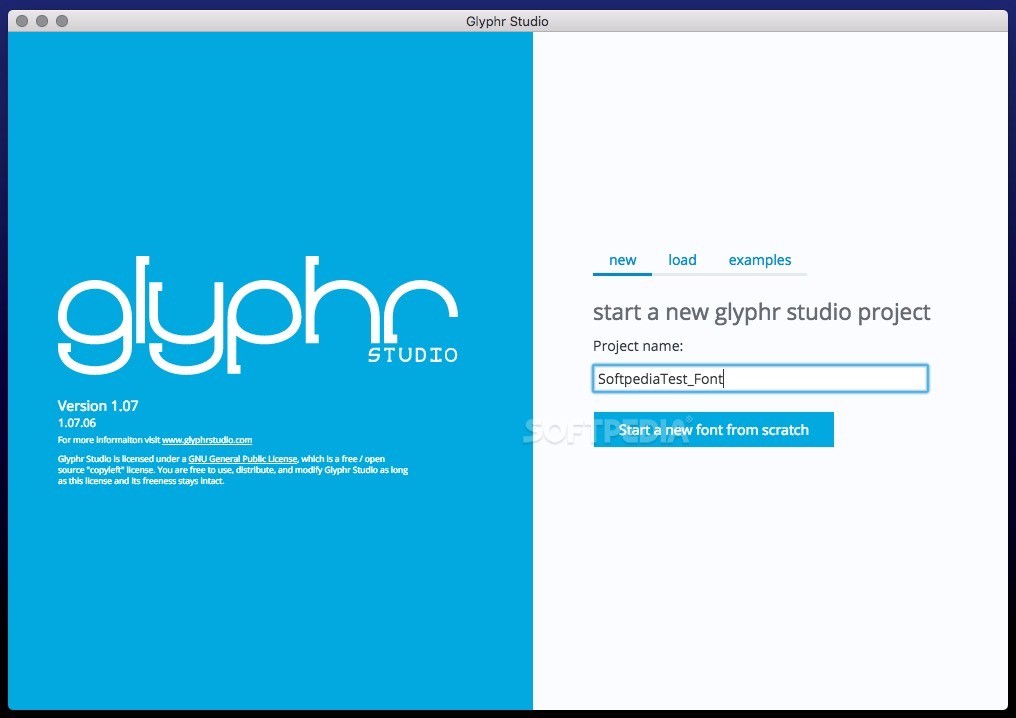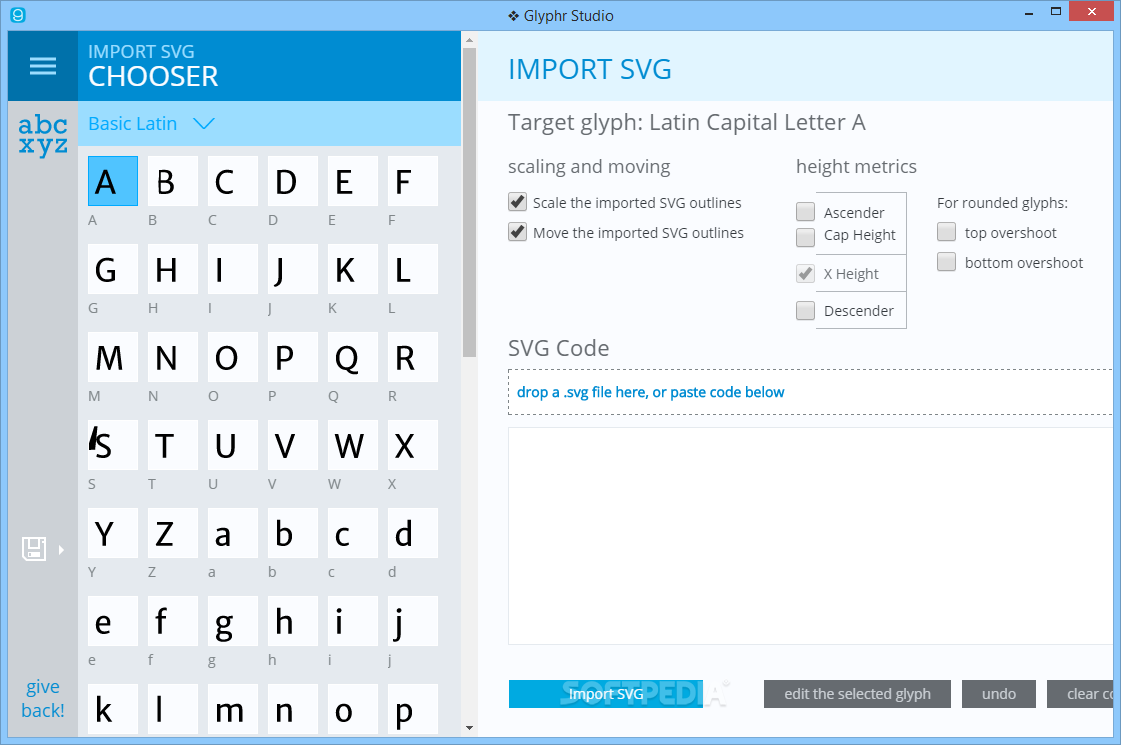

#Glyphr studio kerning professional
Professional font design programs are very complex, and/or quite expensive. In consumer-oriented word-processing software, this concept is usually referred to as "line spacing" or "interline spacing", the latter of which is actually a more accurate description of the original meaning.Font design has a high barrier of entry.
#Glyphr studio kerning software
The term is still used in modern page-layout software such as QuarkXPress and Adobe InDesign. In modern times, though, there seems to be widespread use of "leading" to refer instead to just the distance from one baseline to the next. In the days of hand-typesetting, it referred to the thin strips of lead that were inserted into the forms to increase the vertical distance between lines of type. In typography, leading refers to the distance between adjacent lines of type. An aperture is the opening between an open counter and the outside of the letter.( (typography)) Letters containing open counters include c, f, h, i, s etc. The stroke that creates such a space is known as a "bowl". In typography, a counter is the area of a letter that is entirely or partially enclosed by a letter form or a symbol (the counter-space/the hole of). In traditional typesetting, the font would be made from metal or wood. In both traditional typesetting and modern usage, the word "font" refers to the delivery mechanism of the typeface design. Each style is in a separate "font file"-for instance, the typeface "Bulmer" may include the fonts "Bulmer roman", "Bulmer italic", "Bulmer bold" and "Bulmer extended"-but the term "font" might be applied either to one of these alone or to the whole typeface. In modern usage, with the advent of digital typography, "font" is frequently synonymous with "typeface". Each font was a matched set of type, one piece (called a "sort") for each glyph, and a typeface consisting of a range of fonts that shared an overall design. In metal typesetting, a font was a particular size, weight and style of a typeface.

It originated as a ligature in which the handwritten Latin letters e and t (spelling et, from the Latin for "and") were combined. The ampersand is the logogram &, representing the conjunction "and".

There are thousands of different typefaces in existence, with new ones being developed constantly. It is a different font from "ITC Garamond Condensed Italic" and "ITC Garamond Bold Condensed", but all are fonts within the same typeface, "ITC Garamond". Each font of a typeface has a specific weight, style, condensation, width, slant, italicization, ornamentation, and designer or foundry (and formerly size, in metal fonts).įor example, "ITC Garamond Bold Condensed Italic" means the bold, condensed-width, italic version of ITC Garamond. In typography, a typeface (also known as font family) is a set of one or more fonts each composed of glyphs that share common design features.

We hate when this happens, so we’ve collected a list of the top 10 vocabulary words that get in the way or cause confusion for us most often. We’ve been on both sides of this conversation, and while it’s painful to admit, sometimes our passion for typography, fonts, and glyphs is the culprit of some donut-sized glazed eyeballs on our clients. Have you ever been talking to someone about something that you are really passionate about only to realize half way through the discussion their eyes have glazed over? Or maybe you’re the one who has mentally checked out of a conversation because you have no idea what someone is talking about?


 0 kommentar(er)
0 kommentar(er)
